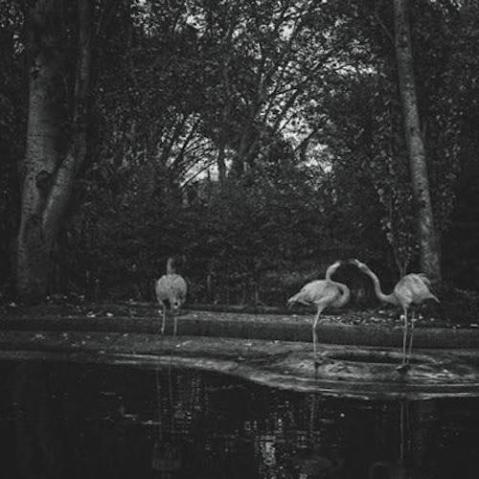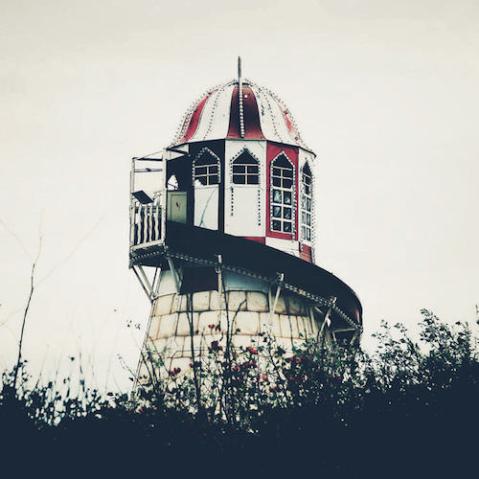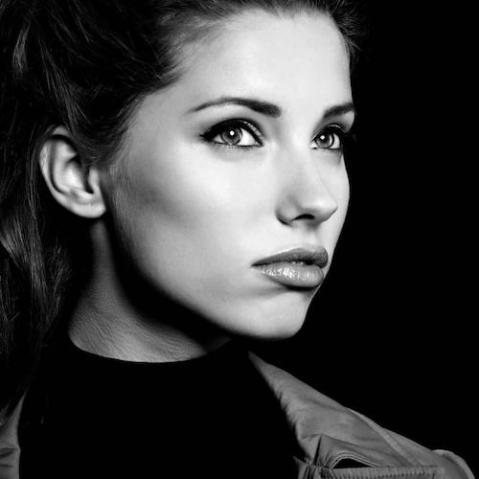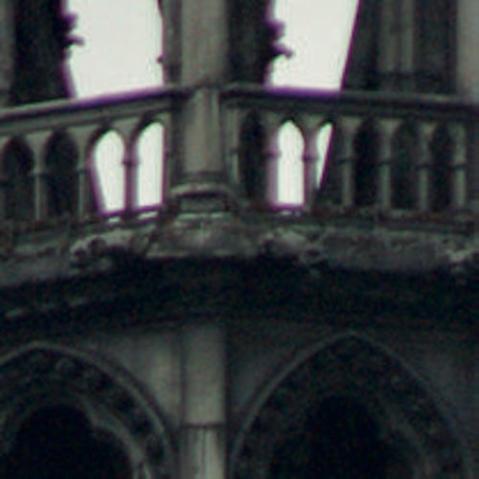Leave scene mode behind
When you’re getting to grips with the huge possibilities presented to you by your camera, it might be tempting to stay within the comfort zone of the scene modes, even if you’re brave enough to step away from Auto. But the truth is, even the scene modes don’t afford you anything like the control capable you can wield over your camera to achieve the photos you really want.

If shooting with Auto is like going into a restaurant and asking for ‘some food,’ then using a scene mode is like walking in and asking for ‘meat’—it will narrow the menu down a little, but it still doesn’t guarantee that you’ll get exactly what you’re after.
As the catchall name suggests, these modes are designed for photographing specific scenes: Landscape mode for landscapes, Portrait mode for portraits, Sports mode for… well, you get the idea. This sounds great in theory, but scene modes are only a small step up from Auto—the camera still sets exposure, focus, and everything else for you, locking you out of the process. The main difference is that while Auto approaches every subject in the same way, scene modes shift the shooting parameters slightly.
| Scene mode | Attributes |
|---|---|
| Landscape |
|
| Portrait |
|
| Close up |
|
| Sports |
|
| Sunset |
|
| Night portrait |
|
However, despite the differences between the modes, each of them is still fully automated, which can lead to disappointing results if your subject doesn’t fit neatly into the scene mode’s preprogrammed parameters—not all portraits are the same, for example, but Portrait mode will use a ‘one size fits all’ approach. As you’re locked out of the process, there’s nothing you can do to remedy things when they go awry, so while setting a scene mode at least tells the camera that you know what you’re photographing, your creativity definitely deserves better.
Beyond Auto is Chris Gatcum’s easily accessible guide which will set you free. Unlike other beginners book it does not attempt to explain each and very button, dial and feature on your camera, or explore precisely where each pixel comes from. Instead it concentrates on the key creative controls, including exposure, focus and colour; essential skills that’ll enable you to take the sensational pictures that Auto mode simply can’t.
 Beyond Auto
Beyond Auto
Chris Gatcum
Buy it now!
RRP for print edition: £9.99






